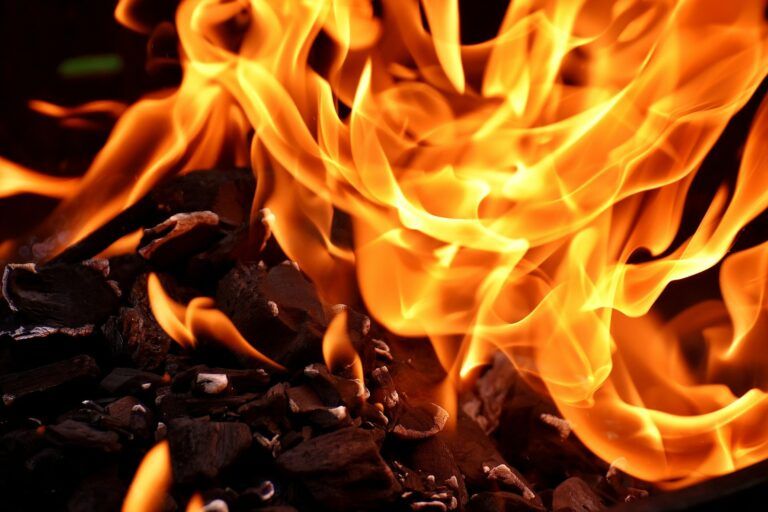The Flare Network, a layer-1 Ethereum Virtual Machine-compatible blockchain, has significantly reduced the circulating supply of its native $FLR tokens, recently burning 66 million FLR in a move meant to reduce its supply.
In a recent update shared by the team behind the project, it was revealed 66 million FLR tokens were burned, pushing the total number of tokens burned to date to nearly 400 million through its “community-first commitment” of burning tokens, while also burning fees and unclaimed FLR rewards.
As CryptoGlobe reported, late last year Flare announced the release of a new FlareDrop, part of an ongoing series of FLR token distributions. This latest batch was available for users who had maintained a holding of Wrapped FLR (WFLR) for a minimum of 23 days.
The concept of token burning is increasingly popular among blockchain projects as a way to help deflate the circulating supply of their tokens and potentially drive up their value if demand is maintained or grows, while supply drops through these burns. Flare’s second burn of the year follows a previous burn of 132.6 million FLR tokens.
Earlier, Flare announced it was set to burn 2.1 billion of its own FLR tokens in a bid to support the ecosystem’s health and development. The tokens set to be burned were set aside for Flare’s early backers but the firm agreed to burn those tokens instead.
It came to this agreement after consulting with its backers about the first Flare Improvement Proposal, FIP.01, and how it impacts token distributions to equity shareholders.
This trend isn’t unique to Flare, as other projects like Shiba Inu and Ethereum have also adopted token burning to reduce supply and potentially increase the token’s market value.
Featured image via Pixabay.
















